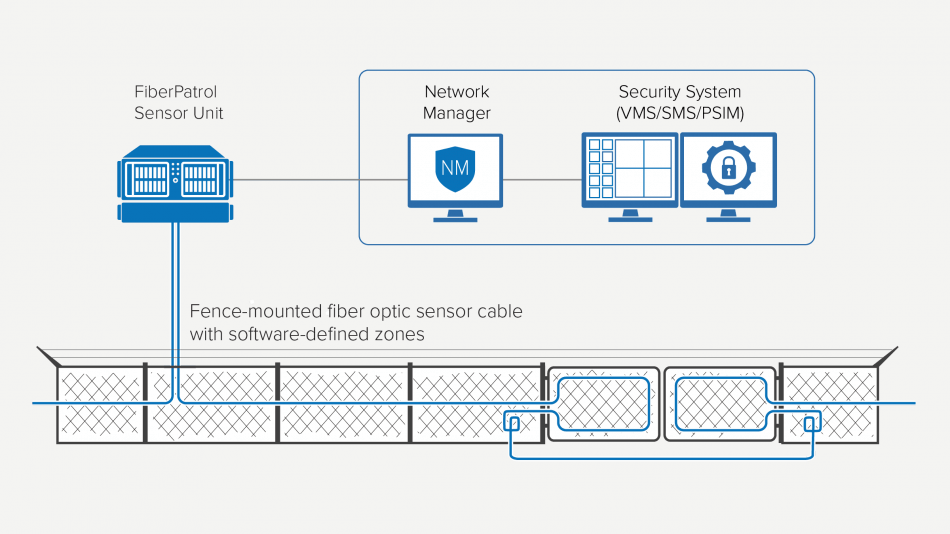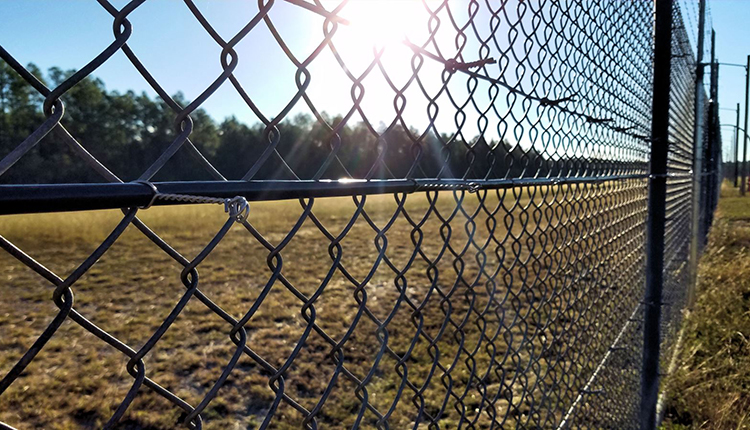Why Fiber Optic Safety Equipments Are the Future of Defense
The change to fiber optic safety systems notes a significant improvement in the realm of protection, driven by their remarkable information transmission capacities and durability to outside disturbances. These systems not just facilitate faster and extra trustworthy communication but likewise provide a cost-efficient remedy with decreased upkeep requirements. As the landscape of security advances alongside arising modern technologies such as AI and IoT, the possibility for optical fiber to boost and redefine safety frameworks comes to be progressively apparent. However, the effects of these innovations increase crucial concerns concerning the future of safety and security procedures and their performance in an ever-changing setting.
Advantages of Fiber Optic Equipments
Among the primary benefits of fiber optic systems is their exceptional data transfer capacity, which facilitates the transmission of huge quantities of data over fars away without considerable loss. This particular is specifically beneficial for safety and security applications that call for the continual monitoring and transfer of high-def video clip feeds, sensing unit data, and other essential information. Fiber optics can accommodate the expanding demands of modern safety systems, ensuring that information stays intact and trusted.
In addition, fiber optic wires are less at risk to electromagnetic disturbance, which can be a considerable concern in environments with different electronic tools. This resistance boosts the honesty of the data being transmitted, thereby lessening the risk of information violations or system failures. In addition, fiber optic systems are inherently much more safe and secure than typical copper wires, as tapping right into a fiber optic line without detection is exceedingly challenging.
The toughness of fiber optic cable televisions additionally contributes to their appeal. They are immune to environmental factors such as wetness and temperature changes, lowering maintenance costs and increasing system durability. On the whole, these advantages placement fiber optic systems as a robust and effective option for modern protection frameworks, guaranteeing trusted and protected data transmission.
Boosted Data Transmission Speed

The capability to transfer substantial amounts of data rapidly promotes the seamless assimilation of high-def video feeds and progressed analytics. Safety systems can currently process and analyze information in real-time, improving feedback times and situational awareness. Additionally, fiber optic connections sustain longer transmission distances without deterioration of signal top quality, making them optimal for large protection networks.
The increased rate of fiber optic systems not just boosts the efficiency of security operations but also minimizes latency. This is especially important in essential scenarios where timely decision-making can stop safety breaches or minimize possible dangers. As organizations proceed to prioritize safety and efficiency, the demand for quick and trustworthy information transmission will definitely solidify fiber optic systems as a keystone of modern-day security facilities.
Resistance to Interference
Fiber optic safety and security systems regularly demonstrate exceptional resistance to electro-magnetic interference, a vital advantage in settings prone to digital noise. Unlike traditional copper cable televisions, which can be negatively site here influenced by magnetic fields, radio frequency interference, and other types of electrical disruption, fiber optic wires make use of light to transfer data. This intrinsic home guarantees that the signals remain clear and unaltered, no matter of surrounding electronic activity.
The usage of glass or plastic fibers in fiber optic innovation produces an obstacle against disturbance, enabling trustworthy data transmission even in challenging situations such as commercial facilities, city areas with high digital web traffic, or areas near radio towers. This characteristic substantially minimizes the likelihood of signal deterioration or loss, making fiber optic systems particularly suitable for safety applications where integrity and accuracy of data are vital.
Moreover, this resistance to interference enhances the general efficiency and integrity of protection systems, guaranteeing that monitoring and sharp systems work flawlessly. In a globe where safety is increasingly intimidated by sophisticated modern technologies, the durability of fiber optic systems stands apart as a crucial attribute, enhancing their status as a vital component of contemporary safety framework.
Cost-Effectiveness Over Time
Considerable expense financial savings can be accomplished gradually with the application of fiber optic safety and security systems. While the initial investment may appear greater contrasted to typical copper-based systems, the long-lasting monetary benefits become noticeable via lowered operational and maintenance costs (fiber security). Fiber optic cable televisions are naturally more durable and less at risk to environmental factors, which translates to reduce substitute and fixing costs over their life-span
Additionally, fiber optic systems call for less power to run, which better lowers energy helpful resources prices. Boosted information transmission abilities permit for less repeaters and amplifiers, decreasing devices investment and simplifying installation processes. The scalability of these systems also adds to cost-effectiveness, as organizations can expand their safety infrastructure without sustaining considerable added costs.
An additional variable to think about is the raised effectiveness in monitoring and response abilities that optical fiber supply. Improved real-time information transmission can bring about quicker event feedback times, potentially mitigating losses and responsibilities related to safety and security violations. Altogether, the long-lasting advantages of fiber optic safety systems not only validate the first expenditure yet also position them as a financially prudent choice for companies seeking durable security solutions.

Future Developments in Safety And Security
Progressing modern technologies are set to transform security systems, incorporating synthetic knowledge (AI) and device learning to improve hazard detection and feedback capabilities. These advancements will certainly enable safety systems to assess huge amounts of information in real-time, determining patterns and anomalies that show potential hazards. This positive method will make it possible for faster decision-making and a lot more effective event feedbacks.
Furthermore, the consolidation of the Internet of Points (IoT) is leading the means for interconnected safety and security devices, providing extensive monitoring and monitoring. Smart sensing units can communicate info concerning environmental changes, while automated alerts can notify protection employees immediately of dubious activities.
Furthermore, the evolution of biometric technologies will certainly additionally boost safety mechanisms. Facial recognition, fingerprint scanning, and retina recognition are ending up being a lot more innovative, providing layers of verification that are hard to bypass.
Verdict
In conclusion, fiber optic security systems stand for a significant innovation in security innovation, offering unmatched information transmission speed, resistance to electromagnetic disturbance, and long-lasting cost-effectiveness. As the demand for advanced safety and security solutions remains click here to find out more to expand, the integration of optical fiber with emerging modern technologies such as AI, IoT, and biometrics will even more improve safety and security frameworks (fiber security). The combination of these innovations will make certain an extra safe and receptive setting, strengthening optical fiber as a foundation of future security systems